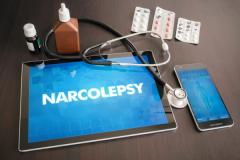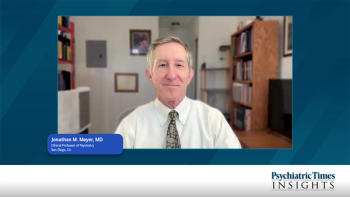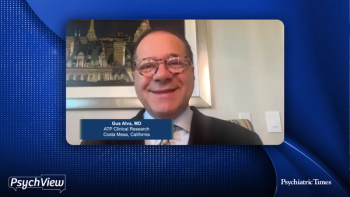
A Case of a 32-Year-Old Male With Type 1 Narcolepsy
Panelists discuss the critical importance of early diagnosis and personalized treatment in narcolepsy, using a case study to illustrate how tailored therapy—considering patient preferences, comorbidities, and lifestyle factors—can improve engagement, safety, and long-term outcomes.
Episodes in this series

Delays in diagnosis continue to be a major barrier in the effective management of narcolepsy, with an average time to diagnosis often exceeding 10 years. This prolonged uncertainty can lead to frustration and disengagement for many patients. The conversation highlights the importance of addressing diagnostic challenges early and using clinical dialogue to uncover key symptoms and functional impacts. The discussion sets the stage with a detailed case of a man aged 32 years presenting with classic symptoms of narcolepsy type 1, including cataplexy, excessive daytime sleepiness, and confirmed low hypocretin levels.
The case also demonstrates the importance of a personalized, goal-oriented treatment plan. The patient has a clear preference for nonstimulant, nonscheduled medications, likely influenced by a family history of substance use. Clinicians emphasize the value of understanding the patient’s full medical profile—including cardiac history and current medications—when considering agents like solriamfetol or pitolisant, which may align with his preferences. Specifically, QTc prolongation risk must be assessed before initiating certain therapies, such as pitolisant, to avoid additive cardiac effects.
In addition to pharmacologic treatment, behavioral and lifestyle factors are considered essential components of care. Further exploration of the patient’s sleep habits, work schedule, and driving safety is necessary for a holistic treatment approach. Psychosocial aspects, including the patient’s potential concerns related to substance use and medication stigma, should also be openly discussed. Combining evidence-based medications with behavioral strategies and shared decision-making allows clinicians to align treatment with patient goals, improving both adherence and outcomes in narcolepsy care.
Presentation:
A 32-year-old male presents with a history of excessive daytime sleepiness (EDS) and cataplexy. He reports experiencing sudden muscle weakness triggered by laughter or emotional stress about 4-5 times per week, significantly interfering with his work and quality of life.
Lab Results:
Hypocretin-1 (orexin-A): <110 pg/mL
Epworth Sleepiness Scale (ESS) score: 17
Polysomnography (PSG):
Total Sleep Time: 6 hours 15 minutes
REM Latency: 13 minutes
Apnea-Hypopnea Index (AHI): 1.2 events/hour with 92% oxygen saturation
Multiple Sleep Latency Test (MSLT): Mean sleep latency of 3.5 minutes with 3 sleep onset REM periods (SOREMs)
Past Medical History:
Negative for liver, renal, cardiovascular disease, or substance abuse disorder
Major depressive disorder: treated successfully with SSRIs, off treatment for 2 years
Family Medical History:
Father has a history of substance abuse disorder
Patient Goals:
Patient is interested in a non-stimulant and non-scheduled therapeutic option to treat both his EDS and cataplexy.
Newsletter
Receive trusted psychiatric news, expert analysis, and clinical insights — subscribe today to support your practice and your patients.
















